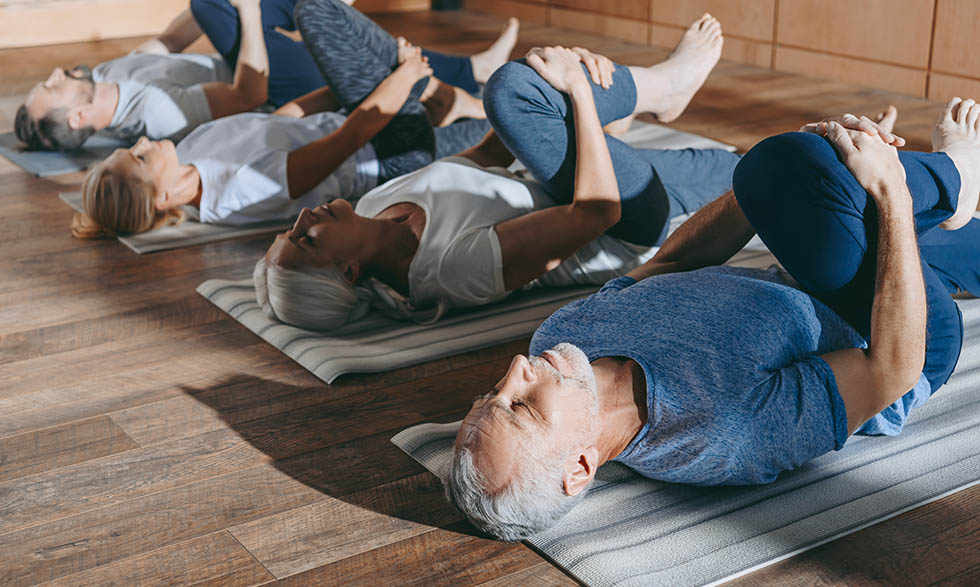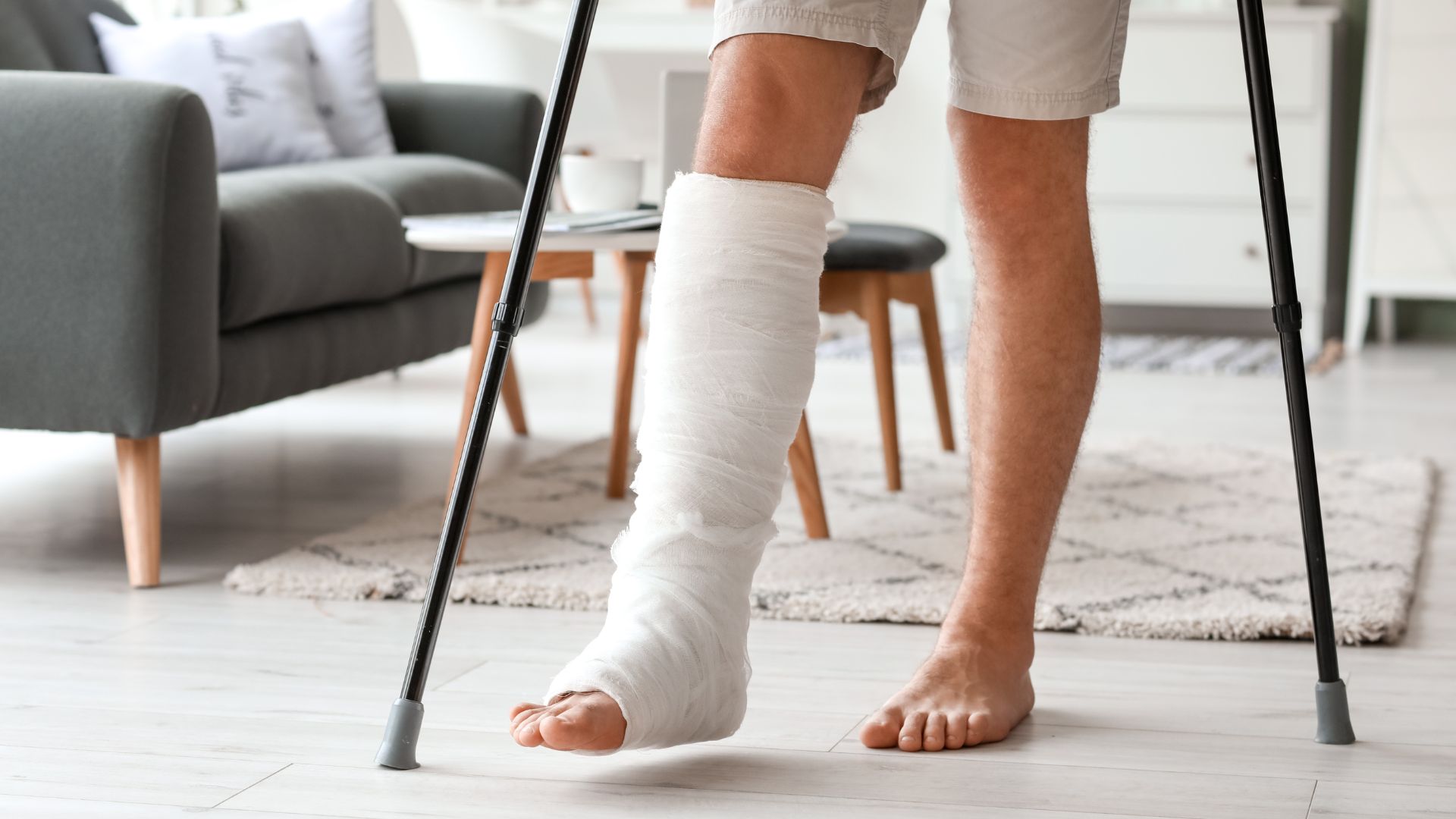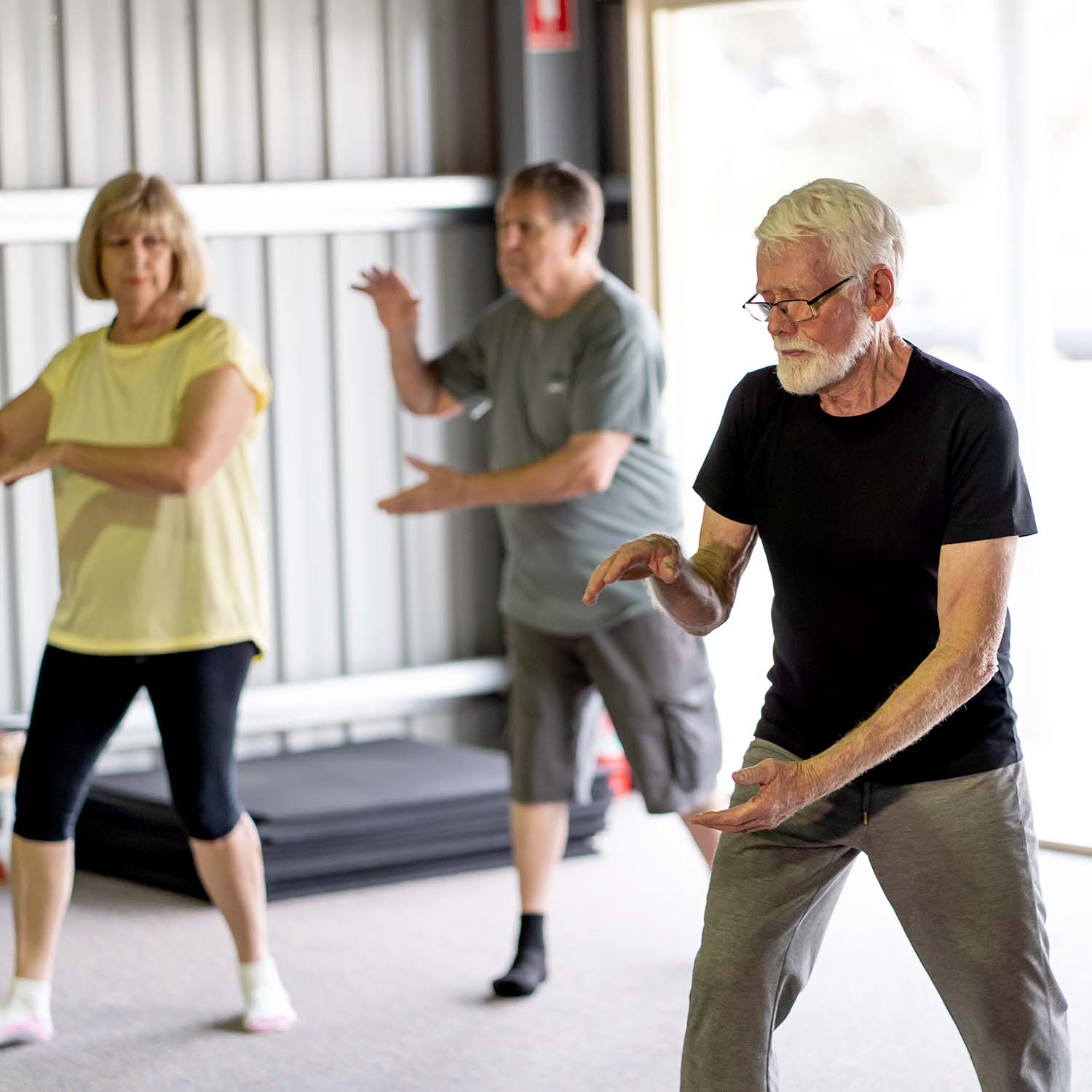
By John M. de Castro, Ph.D.
In today’s Research News article “Effect of Tai Ji and/or Qigong on patients with stable chronic obstructive pulmonary disease: A meta-analysis and systematic review” (See summary below or view the full text of the study at: https://pmc.ncbi.nlm.nih.gov/articles/PMC11789891/ ) Liu and Cheng review and summarize the published research studies on the effectiveness of Tai Chi and Qigong practices for the treatment of Chronic obstructive pulmonary disease (COPD). They report that the published research found that these practices improve respiration in stable COPD patients and promote improves Quality of Life in these patients.
So, treat chronic obstructive pulmonary disease (COPD) with Tai Chi and Qigong.
CMCS – Center for Mindfulness and Contemplative Studies
This and other Contemplative Studies posts are also available on the Contemplative Studies Blog http://contemplative-studies.org
Study Summary
Liu H, Cheng N. Effect of Tai Ji and/or Qigong on patients with stable chronic obstructive pulmonary disease: A meta-analysis and systematic review. Medicine (Baltimore). 2025 Jan 31;104(5):e41390. doi: 10.1097/MD.0000000000041390. PMID: 39889182; PMCID: PMC11789891.
Abstract
Background:
Chronic obstructive pulmonary disease (COPD) is a global health problem with high morbidity and mortality. Tai Ji and Qigong are traditional Chinese meditative movements, benefit COPD patient’s physical and mental health.
Methods:
We searched the following 7 databases Web of Science, EBSCO, Medline, PubMed, CINAHL, Cochrane Library online, and CNKI from inception to July 2023. Any RCTs managed with Tai Ji and/or Qigong on stable COPD were eligible without age, and comparison management restrict, however should be published in English. Outcome measures comprised pulmonary function, 6WMT, physical and/or cognitive function, and any assessment of people QoL.
Results:
Tai Ji and/or Qigong significant increased %PredFEV1 on stable COPD people (MD: 3.46, 95% CI: 1.69–5.23), and 6MWT (MD: 45.07, 95% CI: 31.16–58.97). 5/6 studies reported a meaningful change in CAT/SGRQ total (MD: −4.04, 95% CI: −7.76 to −0.32; MD: −11.95, 95% CI: −21.22 to −2.68). However, 6MWT, CAT and SGRO total were debated on high heterogeneity.
Conclusion:
Tai Ji and Qigong increase %PredFEV1 and promote QoL. However, the evidences are not sufficient, a proper subgroup analysis should be considered.







